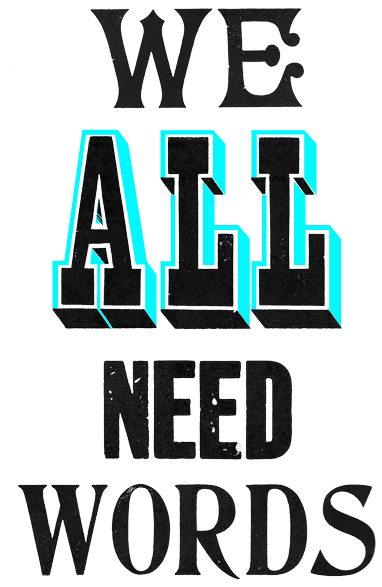Naming should be really simple. It hardly ever is.
It’s not usually the creative bit that causes the problems (but that’s harder than it sounds). No, the problems happen at the beginning and the end of the process.
At the beginning most people don’t think about what sort of name they need – or if they even need a name at all. And at the end people are really subjective about which name to pick. So perfectly good names get ditched too early and then, when they decide on the name they like best, the legal eagles say no.
But now you know what almost always happens, you’re already ahead of the naming game. Because there are things you can do to stop these problems from happening in the first place.
Rewind.
1. Do you even need a name?
People are often in such a rush to name anything and everything that they don’t think about this question or the alternatives. This is not your child. It might not need a name.
One well-known brand asked us to name a new travel insurance service (we said call it ‘travel insurance’). Another asked us to name their new mobile phone app (we advised them to use their brand’s name). It’s surprisingly difficult to convince brand managers not to pay us to name their new thing.
2. Work out what you want the name to do
Think about this strategically. For example, are you trying to create a new luxurious brand? Will customers need to be able to easily compare this product or service with others in a range, either now or in the future? If so, you might need to think about how the names will work together as a group – and grow as a family of names.
3. Decide what you want the name to say
Names can only say one or two things at most. So work out what that is. Remember, customers won’t see the name on its own (things like the design or the advertising can help you communicate some of the other stuff you want the name to say).
4. Think about the right kind of name
Do you want an abstract name like Tesco? A metaphorical name like Visa? Or a more literal name like Dorset Cereals. See what your competitors are up to; do you want to do the opposite or sound like them?
5. Write this all up before you start naming
Include anything else that might have a bearing on the sort of name you go for, eg will it need to work as a domain name (www.yourname.com)? Will it need to work in other countries or languages? Get everyone who’s going to have a say later to agree to this before you start naming. (When you get to the choosing bit you’ll be glad you took the extra time here.)
6. Coming up with names
This is the fun bit, but it’s easy to mess it up. The big thing is to not edit or question too soon. Come up with as many names as you can, as quickly as you can. Leave the shortlisting until the end.
If you’re coming up with real words, it’s easier to do this as a group (you’ll spark off each other) with one of you facilitating and writing up the results as you go. If you’re coming up with abstract names, this process can help at first too because abstract names always sound more natural when they’re based on real words (and if there’s a story behind the name).
7. Presenting the names
After all that work, the people in charge of the decisions will still get weirdly subjective about names and over-analyse them much more than customers will ever do.
You can counter this by making them look like names (in 48pt, not 12pt) or if you’re a Photoshop whiz mock them up in a design – on a van or on a business card – anything to stop people picking a name on a whim. Group similar names together too, so its easy to compare like with like.
8. Picking the right name
Actually we’ll rephrase that. There’s no such thing as the ‘right’ name. Shortlist a few names that meet the brief strategically. And don’t try to settle on one favourite because usually that one won’t make it through the legal checks.
Also don’t rule out names because they remind you of something else. You can even have the same name as someone else as long as it’s different or generic enough (customers will happily drive a VW Polo car, wearing a Ralph Lauren Polo shirt while sucking a Polo mint without too much trouble).
9. The legal and checking bit
You’ll need to check with a trademark lawyer to find out if any of your shortlist will get you into legal trouble (but remember lawyers will always err on the cautious side of things).
And, if the name needs to work in other countries, you’ll need to talk to language experts to make sure your name doesn’t mean something odd/rude/nonsensical in another country.
10. Count your lucky stars (or not)
If after all that, you have a name that fits the brief (and you may even like) you’re very lucky. If not, you’ll need to go through some of those naming hoops again. Naming’s like that. Deep breath.
Come again?
1. Work out what kind of name you need before you start naming (or if you even need a name), and get everyone to agree up to this.
2. Come up with as many names as you can (don’t edit too soon).
3. Pick as many names as you can that fit the brief.
4. Check with the lawyer which of those names you can have.
5. If you have any names left, pick your favourite. If not, go back to step two.
